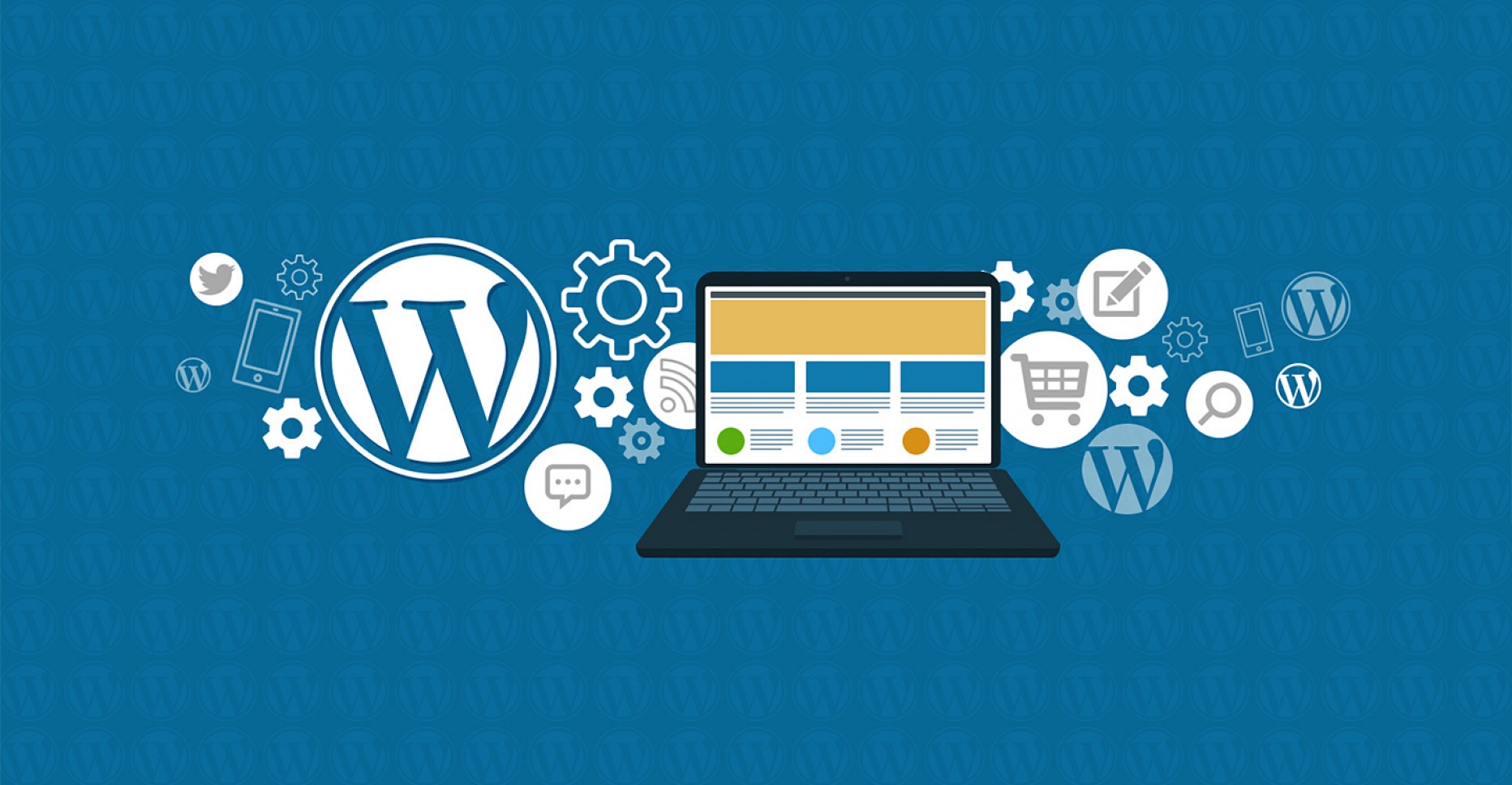Optimize the performance and speed of WordPress websites
WordPress is an online open website creation source and tool that is basically written over PHP. This has now become one of the most powerful...
WordPress is one of the most popular open-source blogging tool and content management system (CMS) based on PHP and MySQL. It is used to power anything from personal blogs to high traffic websites. Amazon Web Services (AWS) is designed to provide a reliable, scalable, secure, and highly performing infrastructure built for the most demanding applications.
WordPress modules, the capabilities of this CMS solution are constantly expanding. It is possible to build a WordPress architecture that takes advantage of many of the benefits of the AWS platform.
Here are some things to consider before deploying WordPress on AWS

For websites with more traffic that cannot be handled using a single instance server, we can have a setup of different servers for web and database. We can use Amazon RDS services to host the database separately and have the website solely on EC2. Using AWS Elastic Load Balancer and Auto Scaling services we can ensure the website has all the best practices in place for high availability and disaster recovery.
With AWS, we have multiple options to run a WordPress website for serving static and dynamic content to achieve high availability and disaster recovery of the website. Web administrators can select the best and suitable option based on their website requirements.
For a static website, the single-instance architecture could be suitable while if the load is towards the higher side then the implementation of separate web and database tier could be a more optimized option. Having the content delivery system configured correctly and auto-scaling features in place users can achieve low latency and high availability of the website.

WordPress is an online open website creation source and tool that is basically written over PHP. This has now become one of the most powerful...